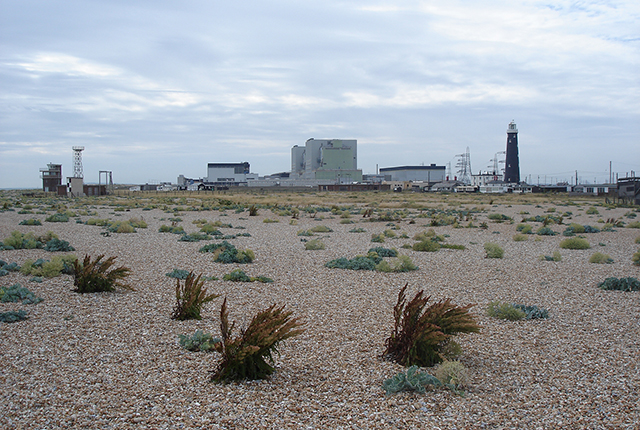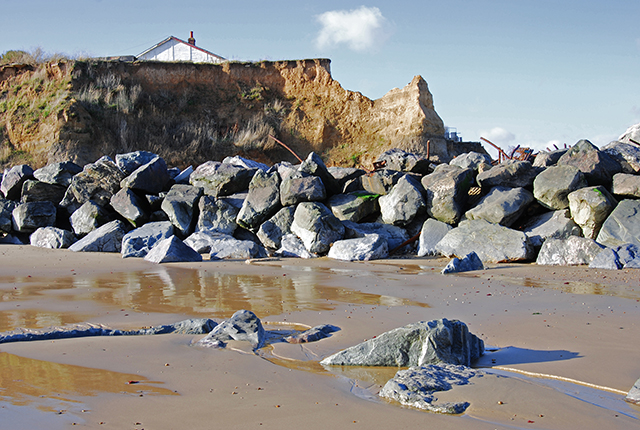MYRIAD-EU: shifting the paradigm in disaster risk management
How changing our approach to disaster risk reduction practices can create a more resilient future.
17/01/2023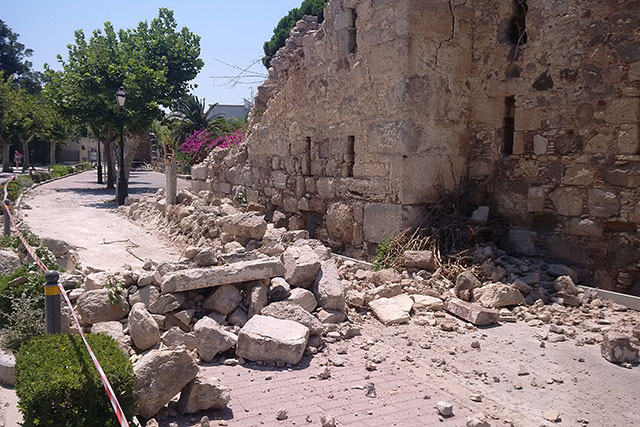
Multi-hazard risk and disaster risk management
Effects from disasters due to natural hazards have increased over time. Without effective disaster risk management (DRM), this trend will continue as exposure to natural hazards and the intensity and frequency of climate-related hazards become ever greater over this century.

The Hunga Tonga Hunga Ha’apai eruption, on 15 January 2022, as captured by Japan’s Himawari-8 weather satellite. The eruption triggered a tsunami that had major impacts across Tonga. It also caused damage in multiple nations across the Pacific. © Japan Meteorological Agency, CC BY 4.0.
Disaster risk is a product of hazard, exposure and vulnerability. The ability to anticipate interactions and feedbacks between different components of DRM, along with their change over time, is a challenge for those involved.
- Multi-hazards can interact with each other, as one can trigger or amplify the likelihood of another
- Hazards can occur at the same time (compound events) or consecutively (cascade events)
- Mitigation of one hazard can change risk by increasing vulnerability to another: for example, raising a house on stilts to protect it from floods in a region prone to earthquakes can make it more vulnerable to ground shakin
The effects of hazards and their interactions can also affect multiple sectors and geographical scales, either directly or through ‘knock-on’ effects: for example, damage to transport infrastructure that disrupts supply chains can result in business interruption. Ideally, risk assessments should be made using an approach that considers multi-hazards and risks across multiple different sectors, scales and timeframes. However, such approaches are not yet mainstream. A lot of risk research and policy continue to focus on single hazards and sectors, despite a proliferation of multi-hazard and risk research in the last couple of decades.
A paradigm shift in DRM is needed. This is something that the MYRIAD-EU project wants to catalyse.
The MYRIAD-EU project
MYRIAD-EU, of which BGS is a partner, is a pan-European project made up of 18 different institutions, six of which represent different economic sectors. The project will co-develop the first integrated framework for multi-hazard, multi-sector and systemic risk management, alongside a suite of tools and services that will enable its adoption by risk managers and other decision makers.
To do this, the MYRIAD-EU partners are studying the links between different hazards and economic sectors in five pilot study regions of different geographical scales (Figure 1:
- the North Sea
- the Canary Islands
- Scandinavia
- the Danube region
- the Veneto region of Italy
Within each pilot region, work is focusing on understanding the relationships and dependencies between the different hazards the region is exposed to and at least three of the following economic sectors:
- infrastructure and transport
- food and agriculture
- ecosystems and forestry
- energy
- finance
- tourism
This knowledge is being used to develop forward-looking DRM pathways that address the particular challenges that have been identified for each of the regions. The diverse nature of the different pilots means that outputs will have applications across Europe.
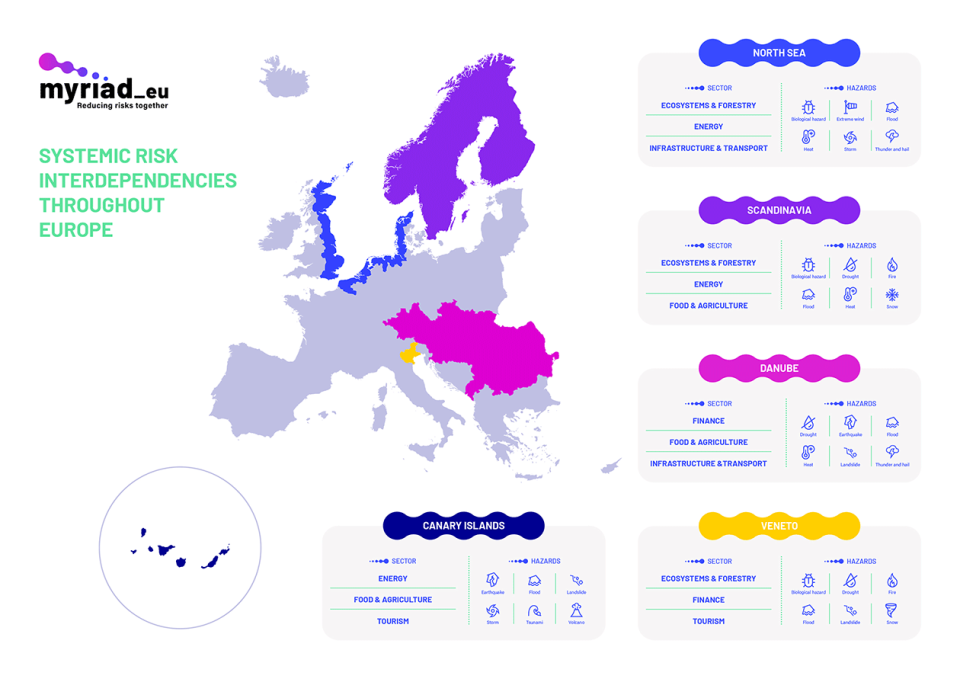
Figure 1 The MYRIAD-EU pilot study regions and the hazards and economic sectors that will be studied within them. © MYRIAD-EU Project 2021.
The overall aim is to develop new products, services and solutions that better enable decision makers, policymakers and other risk practitioners to manage and reduce risk more effectively when the project ends in 2025. To ensure that the project outputs are useful and usable for real-world applications, MYRIAD-EU will work closely with stakeholders from different sectors and at different levels of engagement throughout the project’s lifetime.
Keeping up-to-date with MYRIAD-EU
To keep up-to-date with the project visit the MYRIAD-EU website, where you can register for alerts, or follow the project Twitter account.
Project outputs will be made available (open access) as they are completed on the Zenodo platform and can be accessed via the platform or through links on the MYRIAD-EU library.
Project outputs
Recent outputs developed by BGS, in collaboration with project partners, include:
- a handbook of multi-hazard, multi-risk definitions and concepts: this resource provides reference terminology and extended definitions related to concepts relevant to the project
- the DisasterRiskGateway: a crowdsourced wiki for discovering and sharing approaches to assessing and managing multi-(hazard risks), as well as terminology definitions. We welcome new contributions from across the disaster risk community.
Further reading
Ward, P J, et al. 2022. Invited perspectives: a research agenda towards disaster risk management pathways in multi-hazard risk assessment. Natural Hazards and Earth System Sciences, Vol. 22(4), 1487–1497. DOI: https://doi.org/10.5194/nhess-22-1487-2022
Funding

About the author

Dr Lara Smale
Volcanologist; international data analyst
Relative topics
Related news
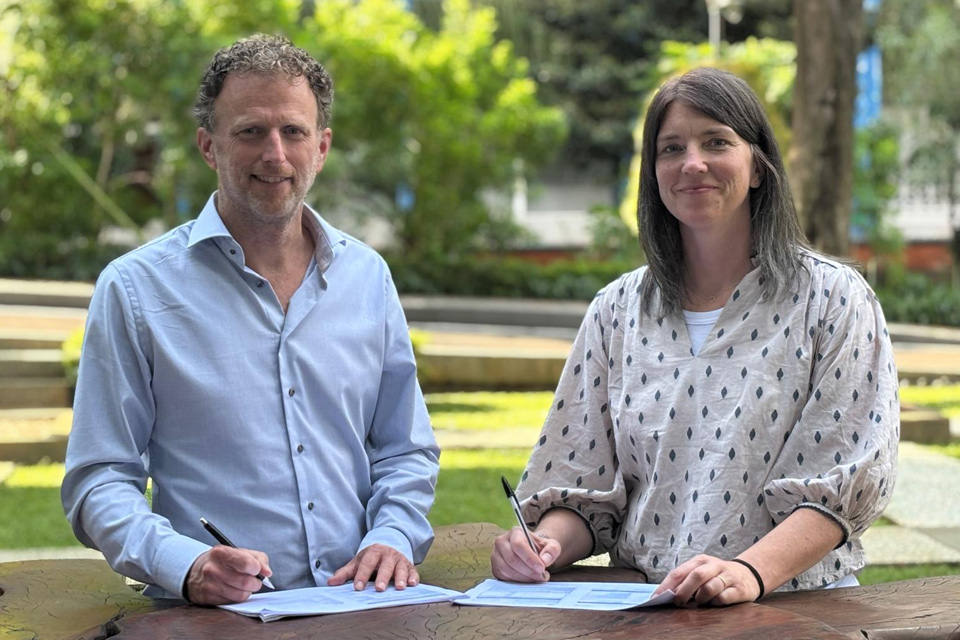
New collaboration aims to improve availability of real-time hazard impact data
19/06/2025
BGS has signed a memorandum of understanding with FloodTags to collaborate on the use of large language models to improve real-time monitoring of geological hazards and their impacts.
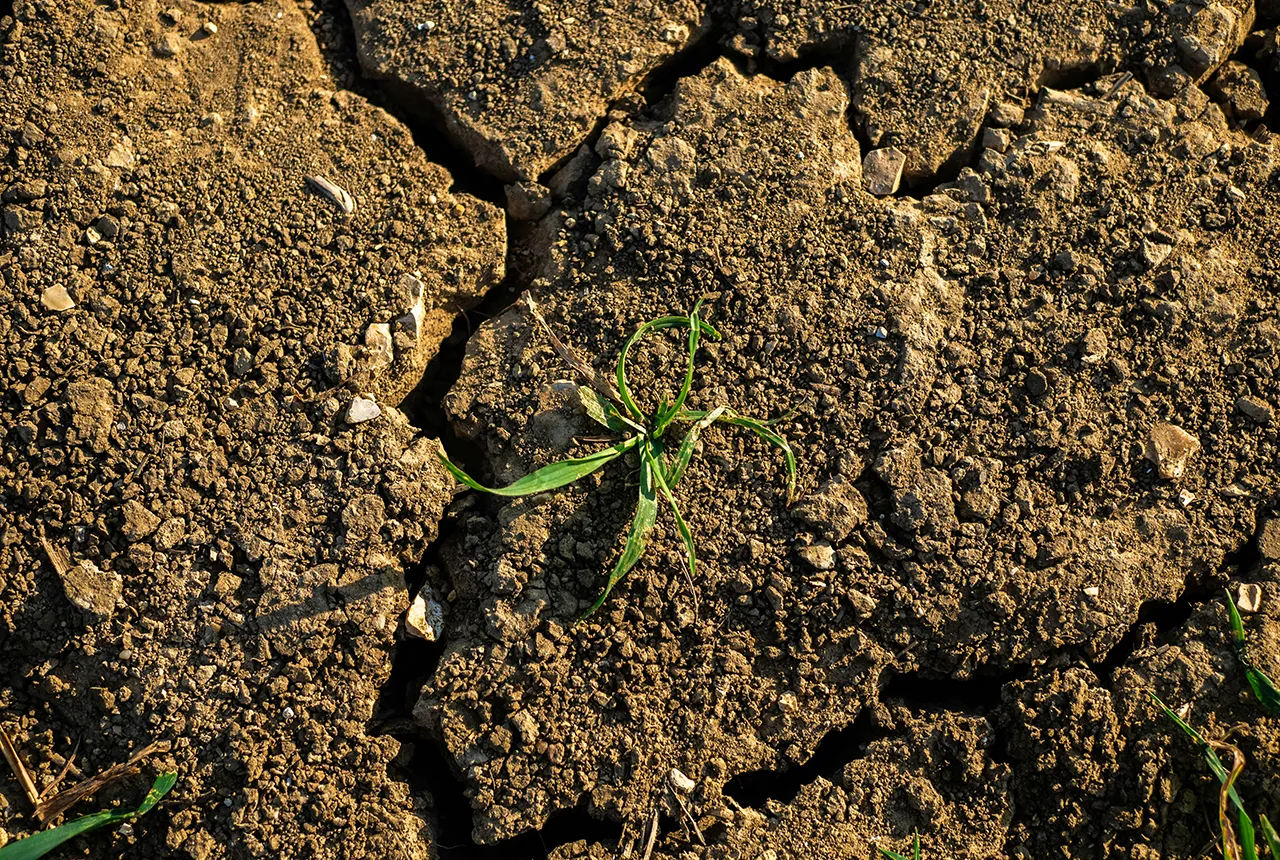
What is the impact of drought on temperate soils?
22/05/2025
A new BGS review pulls together key information on the impact of drought on temperate soils and the further research needed to fully understand it.
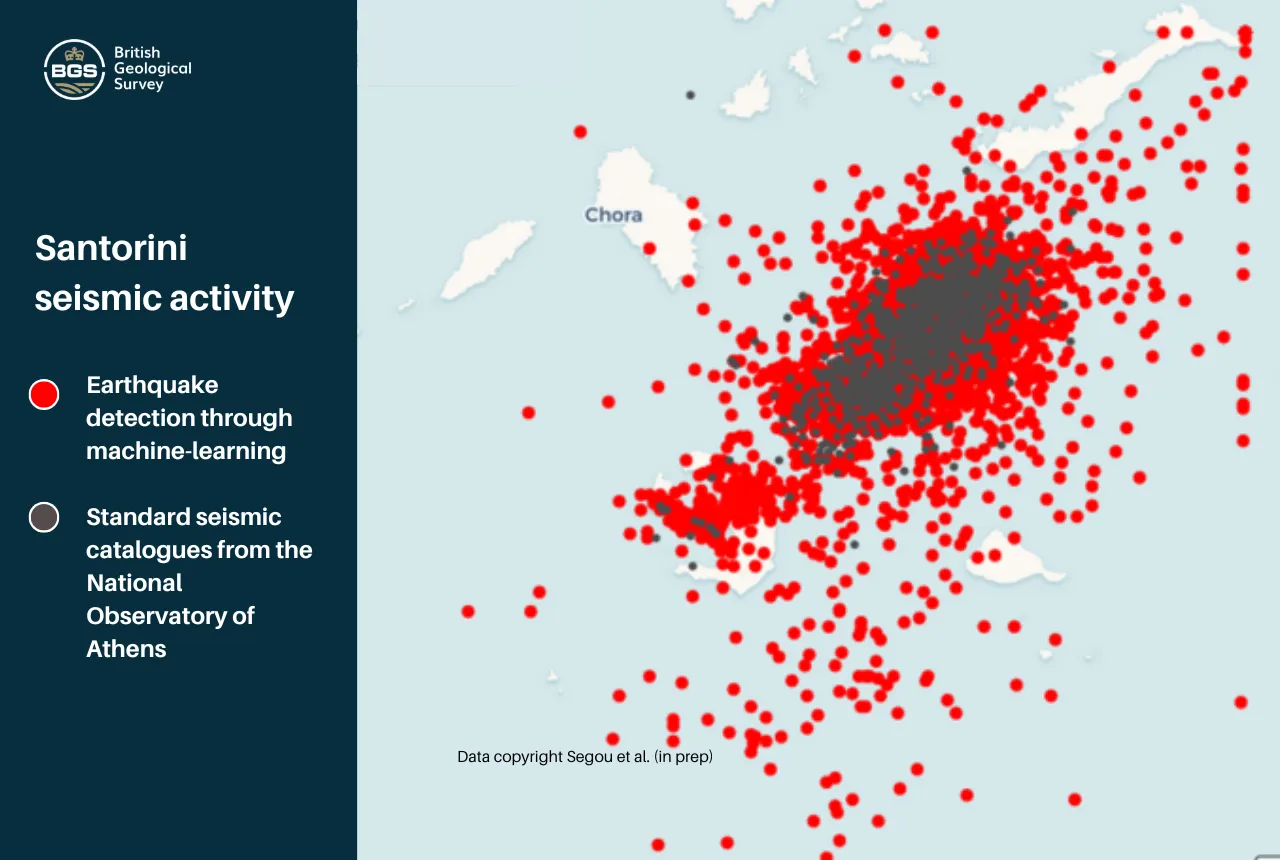
Artificial intelligence is proving a game changer in tracking the Santorini earthquake swarm
07/02/2025
Scientists are harnessing the power of machine learning to help residents and tourists by detecting thousands of seismic events.
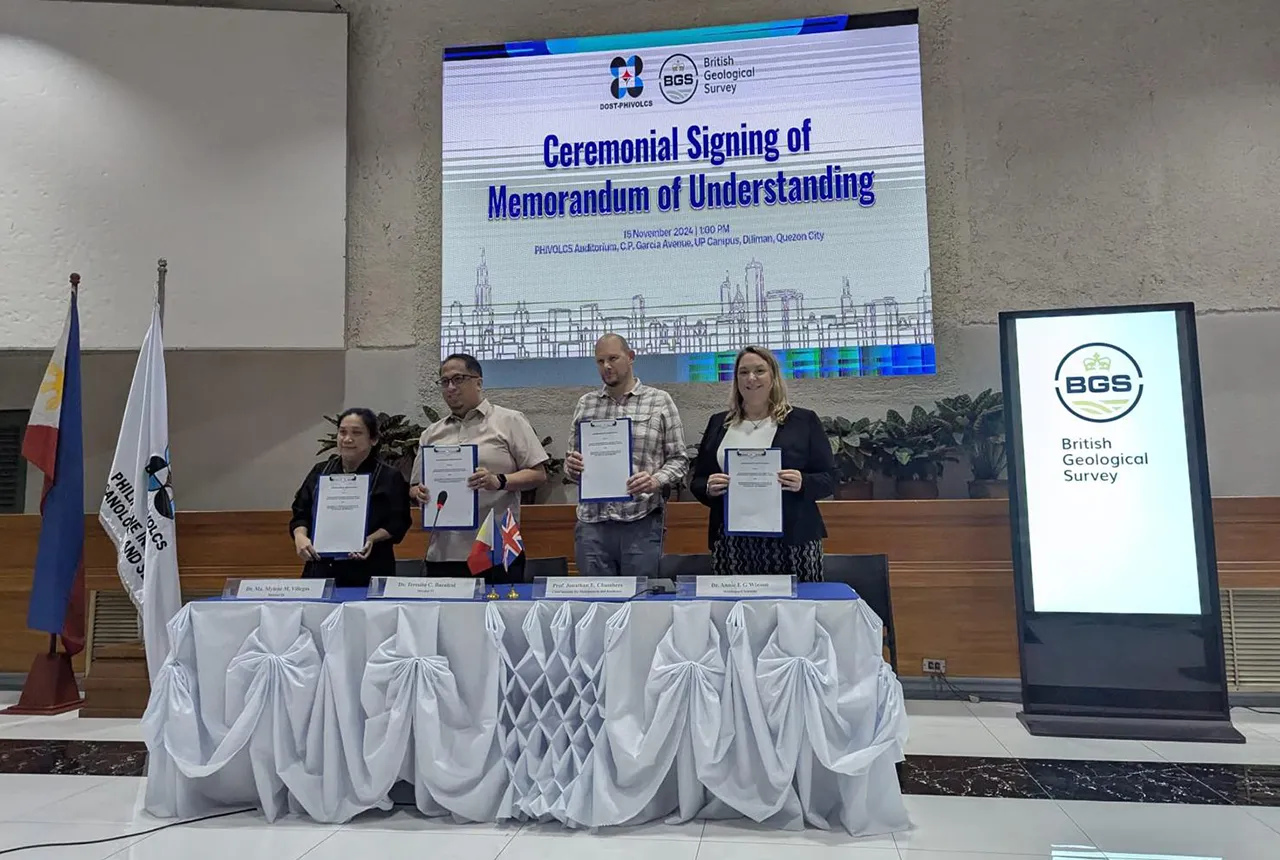
New Memorandum of Understanding paves the way for more collaborative research in the Philippines
21/01/2025
The partnership will focus on research on multi-hazard preparedness within the country.
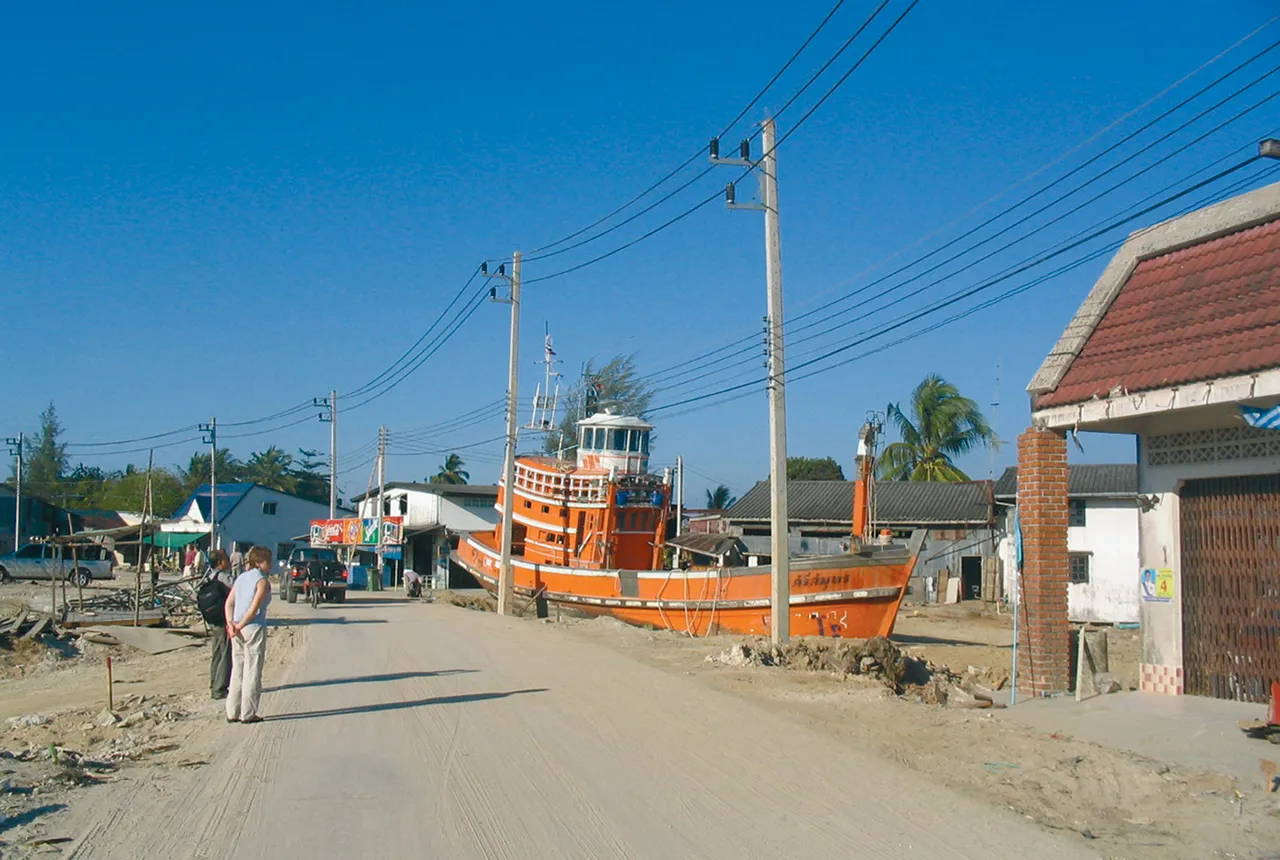
Twenty years on: the Indian Ocean earthquake and tsunami
26/12/2024
Boxing Day 2024 marks 20 years since the Indian Ocean earthquake and tsunami. Prof David Tappin reflects on the disaster and discusses what we have learnt since 2004.

Electromagnetic geophysics in Japan: a conference experience
23/10/2024
Juliane Huebert took in the fascinating sights of Beppu, Japan, while at a geophysics conference that uses electromagnetic fields to look deep into the Earth and beyond.
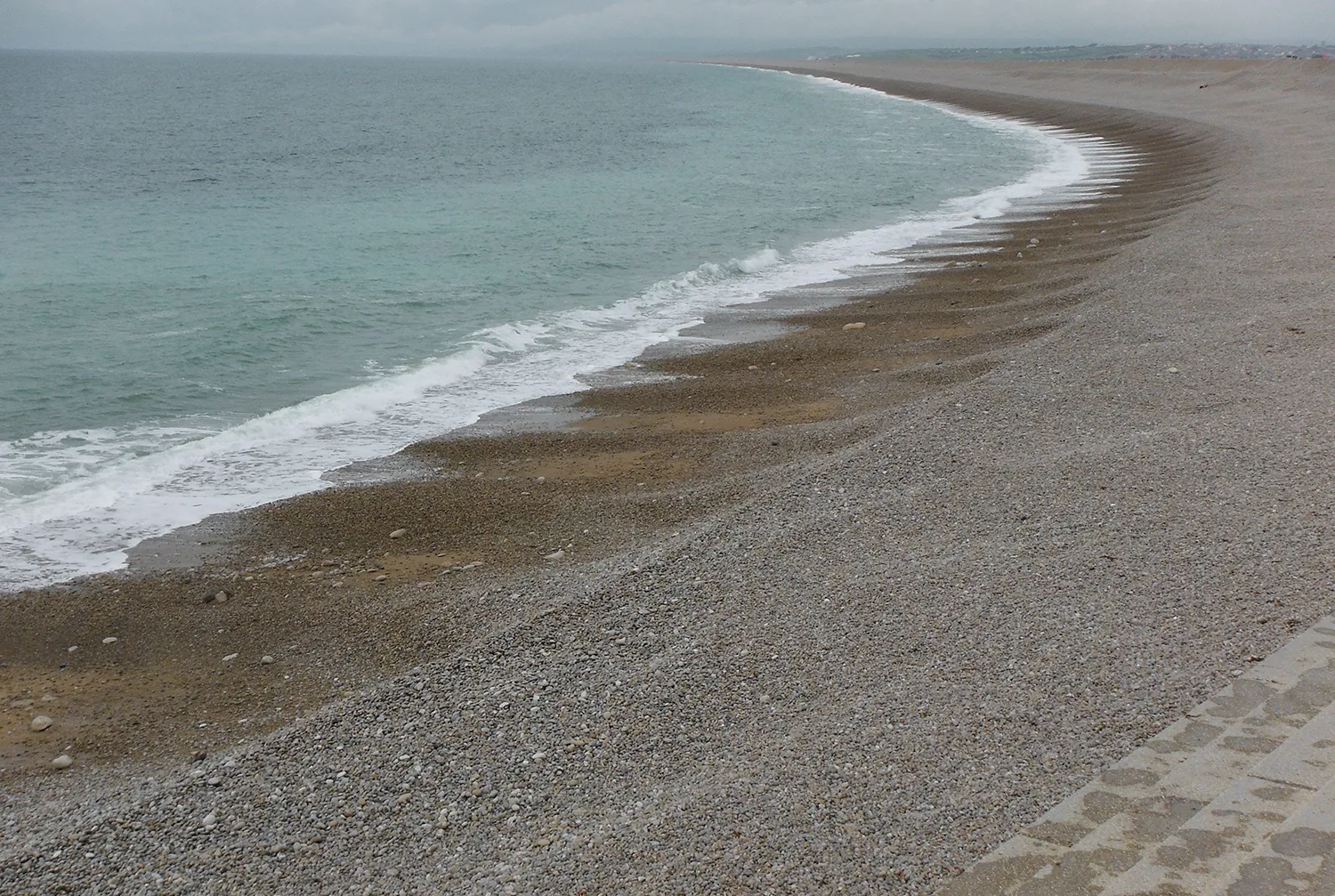
UKGravelBarriers
Increasing our understanding and modeling capabilities of gravel beach and barrier dynamics.
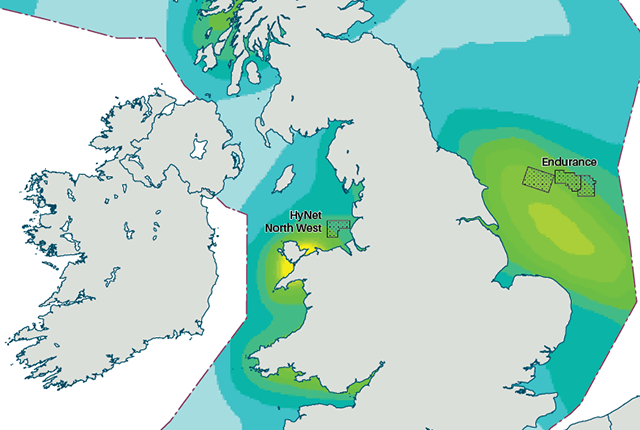
New hazard maps set to help safeguard UK offshore energy industry
12/09/2024
Essential geological model detailing seismic hazard published as the pursuit of new renewable energy infrastructure intensifies.
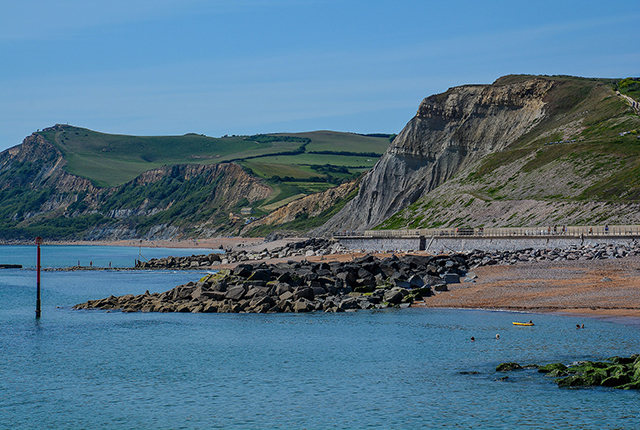
Monitoring coastal change from space
BGS is helping to develop applications that detect and track coastal erosion and accretion from space to inform coastal management plans.
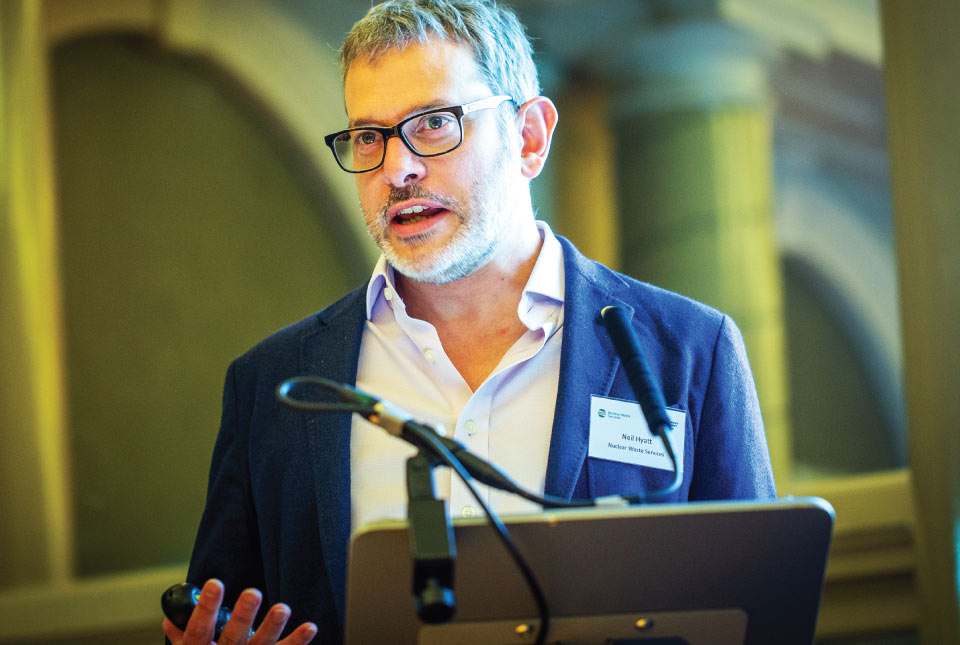
New appointments to BGS Science Advisory Committee
29/08/2024
The appointments mark the latest step in the ongoing delivery of BGS’s essential geological expertise.




